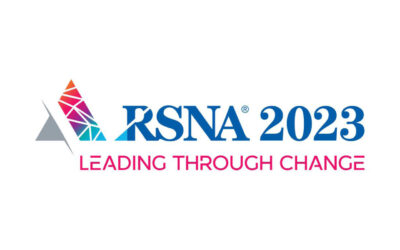 Frequently there is a comparison of the service of medical equipment to the service of one’s automobile. The comparison is one most people can relate to easily and it helps to explain some of the service choices that are made by hospitals and imaging centers. The explanation typically goes something like, “You can take your car to the dealer for service if you like. Yes they will take care of the car, but there may be a better option. There may be an Independent Service Organization (ISO) that will not only take care of the car, but do it more efficiently and at a lower cost. Due to the flexibility of the ISO, they may be able to offer more customized services that have a better fit than the dealer or manufacturer.” The explanation is accurate. But, there are several other things to consider that do not apply to getting your oil changed.
Frequently there is a comparison of the service of medical equipment to the service of one’s automobile. The comparison is one most people can relate to easily and it helps to explain some of the service choices that are made by hospitals and imaging centers. The explanation typically goes something like, “You can take your car to the dealer for service if you like. Yes they will take care of the car, but there may be a better option. There may be an Independent Service Organization (ISO) that will not only take care of the car, but do it more efficiently and at a lower cost. Due to the flexibility of the ISO, they may be able to offer more customized services that have a better fit than the dealer or manufacturer.” The explanation is accurate. But, there are several other things to consider that do not apply to getting your oil changed.
How big is the ISO? Are they in a position financially that will allow them to take on the risk of the contract? If you sign a contract to have full service on four CT units, what happens if all four CTs blow a tube in the same month? Four CT tubes could cost over half a million dollars. That could close a company that is not financially big enough or properly leveraged to absorb that part of a contract. Will the ISO survive the cost of a worst-case scenario?
What are the local resources? This applies to manufacturers as well as the ISO. Do they have enough equipment and manpower? If they have a single service engineer, is that enough for a time when you have a hard down system to ensure you receive the priority that you need?
If you are considering a contract, do you have a minimum manpower guarantee for the area as part of that contract? This will impact the ability to meet response times and actual repair times. In the future this may be considered as important as response times. You may think, “Well, we have guaranteed uptime of 99% so that would cover it.” But do the math. If you have a machine that is considered 24 hours a day, 365 days a year, that is a total of 8,760 hours. If you are down 1% of that year that would be 87.6 hours of down time. If you have 95% uptime guarantee, that equals up to 438 hours of downtime for a unit that runs 24 hours a day. Ideally, any provider of service would not be concerned with that much downtime in a year. But if the manpower is not there, you might find yourself reviewing the contract and talking to the legal department.
Finally, does the company supplying your service understand the core values of your company? Are they aligned to match the expectations that others in the facility will have for them? This is important for long-term solutions to service. The idea of bringing a company in to do service is based on not having the expertise in house. Therefore anyone hired to perform the service should really be an extension of the hospital or medical facility. The patients will see them and interact. So, beyond the need to be fiscally sound, and adequately staffed, the company hired to perform your maintenance should present an image that is acceptable and in line with the facility.







